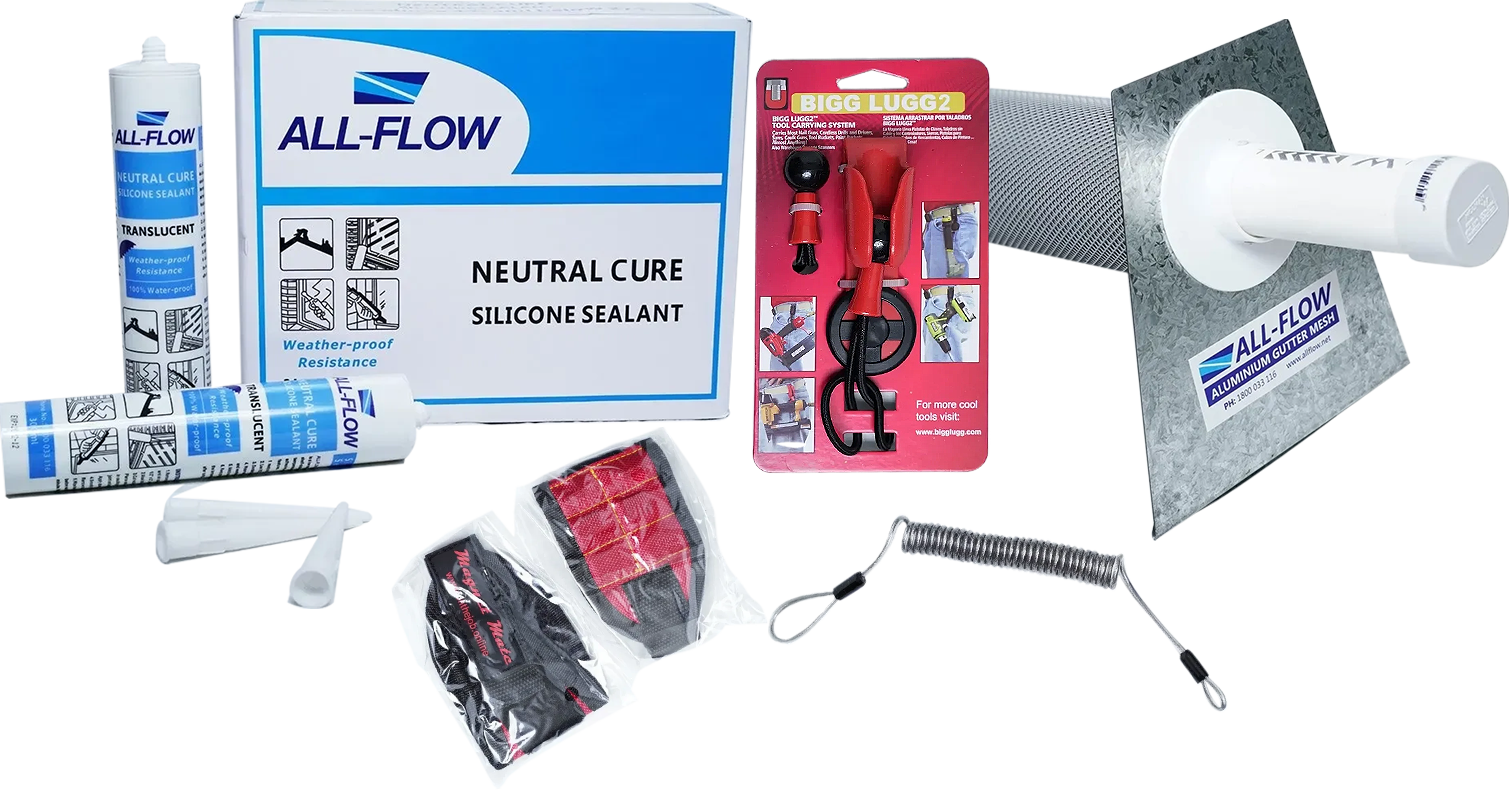Need Help?


Free Shipping Across Australia on Gutter Guard Kits and Mesh
Gutters are designed to direct rainwater away from your home, but for many homeowners in Australia, they can also become unexpected nesting spots for birds. Birds like mynas, starlings, pigeons, sparrows, and even swallows often take advantage of the shelter and warmth gutters provide. They settle in and build nests right along the roofline.
While birds nesting in gutters might seem harmless at first, the reality is that it becomes worse in the long run. Their nests can block water flow, leading to drainage issues, roof leaks, and even structural damage. Over time, clogged gutters can lead to costly repairs, while bird droppings and debris pose hygiene concerns. If left unchecked, these nesting sites can become a recurring problem, with birds returning year after year.
So,
how to stop birds nesting in gutters? The best approach is to prevent them from happening. Keep your gutters clean, seal off every entry point, and invest in a gutter guard to ensure birds can’t build their nest in the first place.
In this blog, we’ll explore the types of birds commonly found nesting in Australian gutters, why they choose this location, and the ways you can prevent them.
Several bird species are known for nesting in gutters, particularly in urban and suburban areas. Here are some:
Each of these birds chooses gutters because they offer protection and easy access to materials for building their nests. The key to preventing them from settling in is understanding
why
they initially chose gutters in the first place.
You might think that these birds randomly chose gutters as their safe spot or that they ended up there by accident. But actually, they don't. They actively seek out locations that offer what they need.
In fact, there are several specific reasons behind it, including the following:
When birds nest in your gutters, they can cause serious problems like clogs, water overflow, and even long-term damage to your home. The best way to avoid these issues is to take simple, proactive steps to keep birds out and ensure your gutters stay clean and functional.
There are several ways to prevent birds from nesting in your gutters:
As mentioned above, bird deterrents are only temporary and can't withstand the test of time, so gutter guards are preferable as they provide long-term protection by covering the entire gutter opening.
Here's why it is a smart and best choice:
One of the biggest frustrations for homeowners is when birds start nesting in the gutters. It’s not just about the mess that they create, but the problems that arise from it. It leads to blocked drainage, roof damage, and ongoing maintenance issues. And the real challenge here is finding a solution that works in the long term.
That’s why gutter guard is the wise choice. Gutter guard systems not only keep out leaves and debris, but they’re designed to prevent birds from settling in while allowing rainwater to flow freely.
With two aluminium mesh options, homeowners can choose the right fit for their roof type in case they need finer filtration or a larger opening to prevent nesting materials from building up. The
kits come with everything needed for easy installation. However, if you prefer a professional touch, All-Flow can connect you with a trusted contractor.
If birds are turning your gutters into nesting spots, it’s time to take control.
Call
1800 033 116 or visit our website to purchase your DIY gutter guard kit online today.

Fire-rated, lightweight and durable aluminium gutter guard systems for all roof types. Made in Australia, for Australian conditions.
All-Flow’s dedicated, friendly team are always available to assist with your enquiries, so please don’t hesitate to get in touch.

Address: 5/148 Industrial Road, Oak Flats, NSW 2529
Free Call: 1800 033 116
Telephone: 02 4228 4266
CSIRO TESTED
Fire Rated: AS 1530-2-1993
Have A Question? Speak To Our Friendly Team.
Freecall 1800 033 116
Or Email Us Here